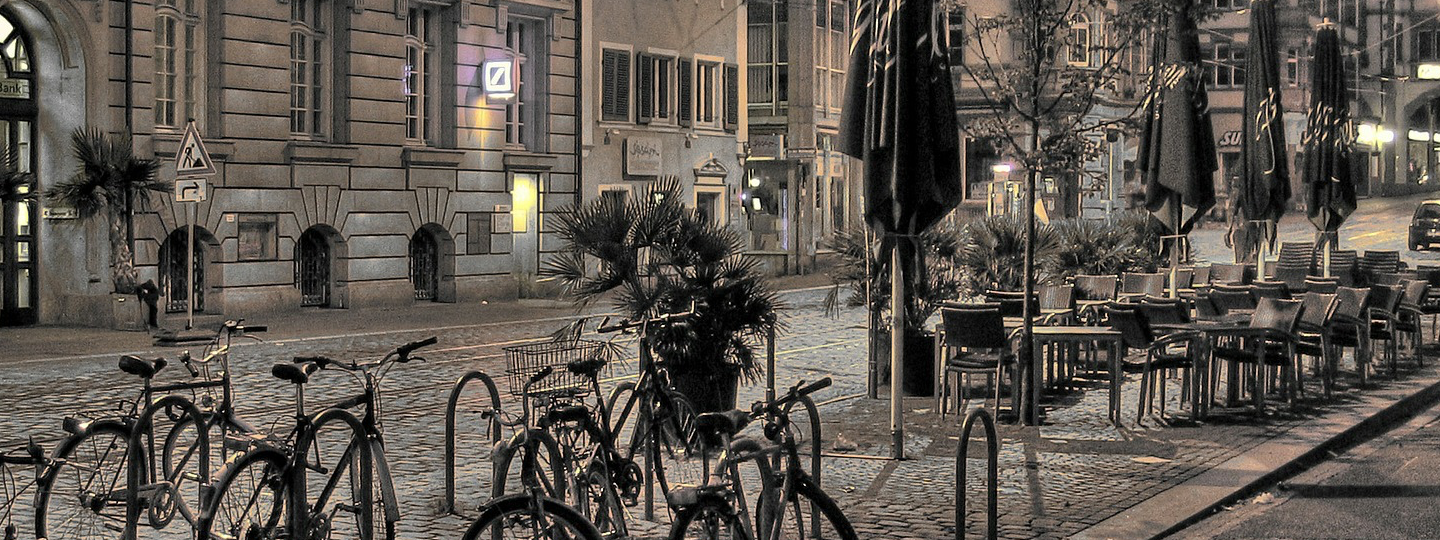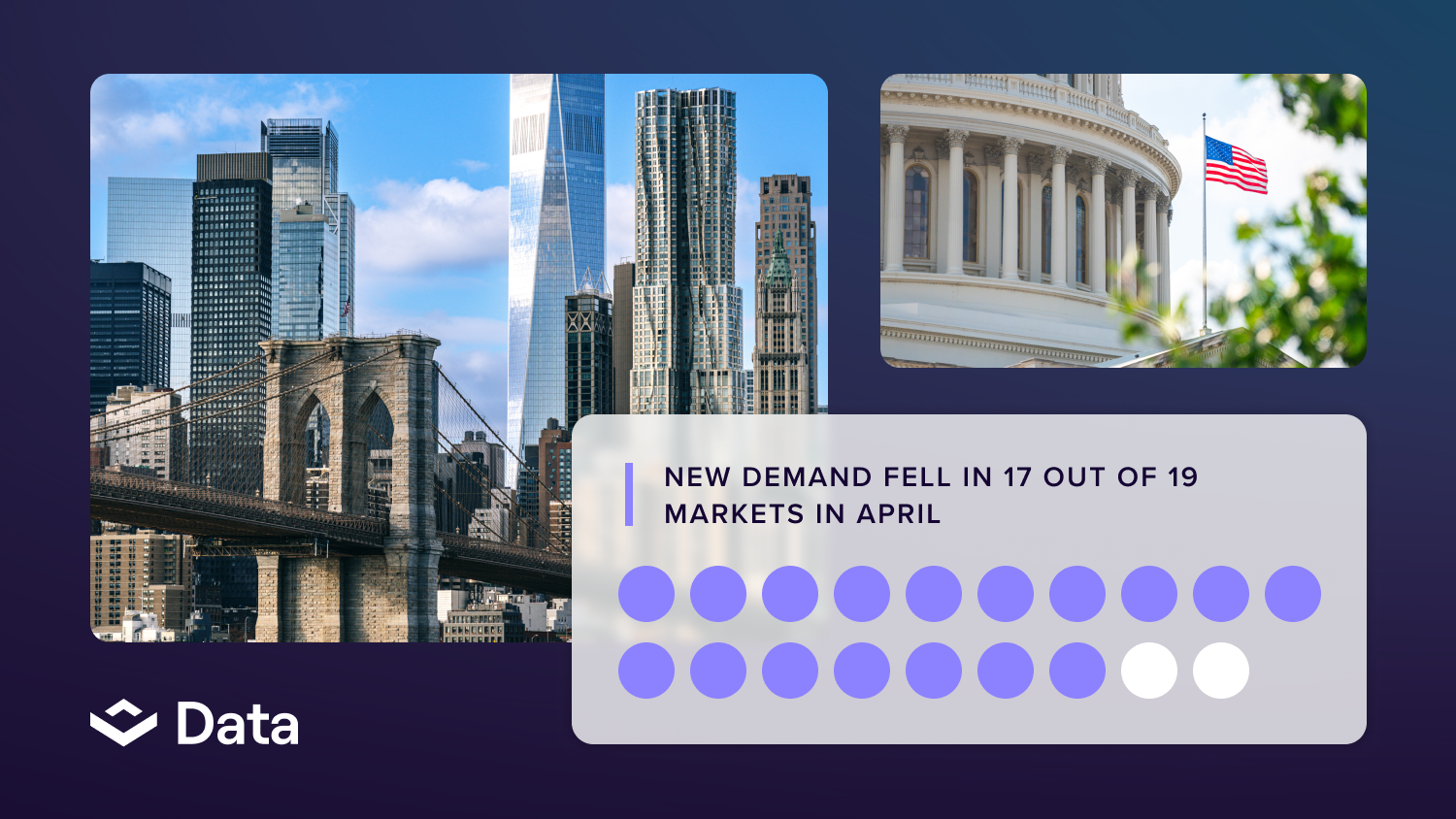The conventional wisdom tells us that cities have been growing rapidly of late, enticing residents with access to “live-work-play” amenities. After all, everything from the best jobs to the trendiest restaurants seems to be in the city. People have been drawn to that beehive of activity, along with the added bonus of trading long commutes for walkable neighborhoods and proximity to public transportation.
But the data suggests that suburbs are not as down and out as one might think. Whether people are looking for good schools, a yard for the dog, or simply a bit more elbow room in their living spaces, suburbs still hold strong appeal, and many are now opting to move from urban centers to suburban towns..
These migration patterns mean that the clearly drawn lines defining urban versus suburban communities are becoming increasingly fuzzy. Suburbs are now embracing a more “surban” lifestyle that features greater density and a concentration of mixed-use properties.
Data Shows Suburbs Becoming More Popular
In fact, the mass exodus of people fleeing the suburbs for urban living isn’t actually happening -- quite the opposite, in fact. U.S. census data from 2014 shows that an estimated 4.6 million people moved out of cities in favor of the suburbs, while just 2.8 million moved the opposite direction into cities.
This trend becomes even more pronounced among young people, as we covered in our recent white paper on millennials and commercial real estate. Although a healthy number of millennials – about 30% – enjoy city living, there are bigger numbers that are moving to suburbia. In 2014, 529,000 people between the ages of 25 and 29 moved from cities to suburbs, while only 426,000 relocated into cities. For younger millennials ages 20 to 24 the outmigration is even more pronounced with 721,000 moving to the suburbs compared to 554,000 who are moving into cities
Today’s Suburbs Are Looking More Like Cities
Just because people are still seeking a suburban environment doesn’t mean they don’t enjoy some of the urban amenities. And suburbs have not been blind to the shifting preferences in what people want in their neighborhoods today.
In fact, many suburbs, developers and investors are embracing the growing demand for the “live-work-play” lifestyle. Urban hubs are popping up within suburban communities across the country as stakeholders look to blend greater housing density that appeals to millennials and baby boomers with more traditional urban amenities such as a concentration of restaurants, entertainment, shopping, and transit.
According to a new ULI report on the Demographic Strategies for Real Estate, those hybrid municipalities that are able to strike a balance between urban and suburban living are likely to be the most successful in attracting new households over the next decade. The research report predicts that these so-called surban areas could capture at least 80 percent of the new households formed as younger families seek urban amenities combined with more “kid-friendly” housing and good schools typically associated with the suburbs.
That forecast will play a key role in shaping suburban development over the next decade. The report contends that urban living will continue to grow in popularity, but it will take place mostly in the suburbs. Suburban city planners and developers will work to bring the “best of urban living” to a more affordable suburban environment where land and building costs are generally cheaper.
This trend is likely to result in greater housing density, including apartments, to satisfy the growing preference for rentals among millennials and boomers, as well as smaller townhomes and condos that can satisfy the desire for people who prefer more maintenance-free living closer to restaurants and entertainment.
According to ULI, some of the notable examples of successful surban areas include:
- Reston Town Center in the Washington, D.C.,
- Downtown Naperville, Illinois
- Old Town Pasadena, California
- A-Town in Anaheim, California
- Legacy Town Center in Plano, Texas
- Santana Row in San Jose, California
- CityCentre in Houston, Texas
- Downtown Tempe, Arizona,
- Larkspur, California
- Geneva, Illinois
Going forward, suburban city planners and developers can look to those towns as an example as they focus more attention on linking residential neighborhoods to vibrant mixed-use town centers that include both public and private uses such as retail, services, parks, trail systems, schools and transit stations. Such features will likely play a bigger role in determining where both people – and businesses – choose to locate in the future.






